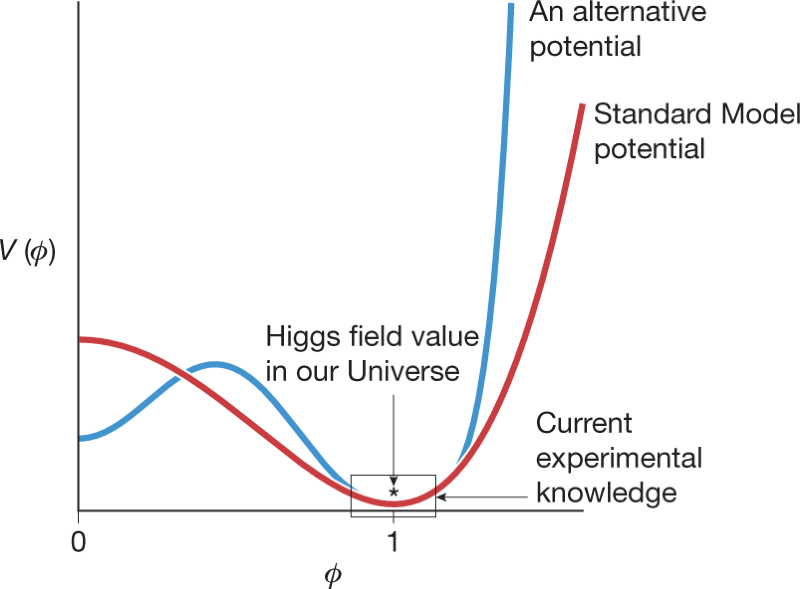Review
Theoretical physicist Peter Higgs — who shared the physics Nobel prize in 2013 for predicting the existence of the particle that bears his name — is notoriously shy, inaccessible by e-mail and mobile phone, self-deprecating and averse to the spotlight. So it’s no wonder that it has taken a close friend — physicist Frank Close — to share Higgs’s story. Elusive — a title that alludes to both the man and the subatomic particle that he helped to predict — is a breezy yet informative book that entwines the story of Higgs’s life with that of the construction of the grand theoretical edifice known as the standard model of elementary particle physics, writes reviewer Robert Crease, a philosopher and historian of science.
Nature | 5 min read
News
On 4 July 2012, researchers at CERN’s Large Hadron Collider (LHC) declared victory in their long search for the Higgs boson. The elusive particle’s discovery filled in the last gap in the standard model — physicists’ best description of particles and forces — and opened a new window onto physics by providing a way to learn about the Higgs field, which involves a previously unstudied kind of interaction that gives particles their masses
But many of the properties of the Higgs boson remain mysterious:
1. So far, scientists have determined that the boson’s properties — such as its interaction strength — match those predicted by the standard model, but with an uncertainty of around 10%. This is not good enough to show the subtle differences predicted by new physics theories. “For the next decade or more, the name of the game is precision,” says theoretical physicist Daniel de Floria.
2. Physicists have seen the Higgs boson decay into only the heaviest matter particles, such as the bottom quark. They now want to check whether it interacts in the same way with particles from lighter families, known as generations.
3. The Higgs boson has mass, so it should interact with itself, and the rate of this self-interaction is crucial to understanding the Universe. But such events — for example, the decay of an energetic Higgs boson to two less-energetic ones — are extremely rare and haven’t been conclusively observed yet.
4. Physicists want to know the lifetime of the Higgs — how long, on average, it sticks around before decaying to other particles — because any deviation from predictions could point to interactions with unknown particles, such as those that make up dark matter.
5. Some theories that extend the standard model predict that the Higgs boson is made up of other particles, or that there are different types of Higgs boson. Future observations could provide evidence if any of these exotic predictions are true.
Nature | 8 min read
Deep dive
The Higgs boson has a crucial role in determining the physical nature of the world in which we live and has possible connections to several unsolved mysteries of particle physics. Dig deeper in a Perspective by physicists Gavin Salam, Lian-Tao Wang and Giulia Zanderighi.
Nature | 30 min read
Best books
The editors of Nature Reviews Physics highlight ten books to celebrate the Higgs, including an enchanting pop-up book about the LHC and a stunning selection of large-format photos of the grand experiment.
Nature Reviews Physics | 4 min read


